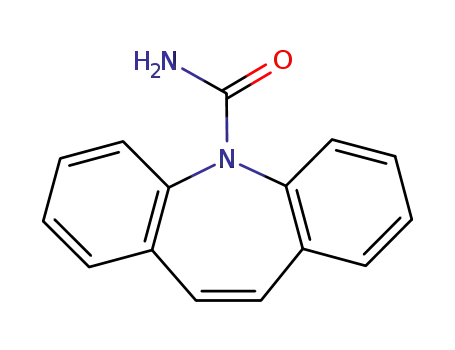English
- 中文
- English
- Japanese
- Russian
- Korean
- गोंगेन हें नांव
- Deutsch
- Corsu
- Guarani
- Hausa
- Cymraeg
- Nederlands
- Aymara
- Français
- Kreyòl ayisyen
- čeština
- ʻŌlelo Hawaiʻi
- डोग्रिड ने दी
- ภาษาไทย
- հայերեն
- فارسی
- Hmoob
- ދިވެހި
- भोजपुरी
- 繁體中文
- Türkçe
- हिंदी
- беларускі
- български
- tur
- Gaeilge
- ગુજરાતી
- Magyar
- Eesti keel
- بالعربية
- বাংলা
- Azərbaycan
- Português
- Suid-Afrikaanse Dutch taal
- کوردی-سۆرانی
- Ελληνικά
- español
- Frysk
- dansk
- አማርኛ
- Bamanankan
- euskara
- Italiano
- Tiếng Việt
- অসমীয়া
- català
- Suomalainen
- Eʋegbe
- Hrvatski
- Cebuano
- Gàidhlig na h-Alba
- bosanski
- galego


![N-(2,2,2-trichloroacetyl)-5H-dibenz[b,f]azepine](/upload/2023/8/85d5a4f5-4007-40b5-9fec-e7e099d3f154.png)


